Janet Forgrieve for SmartBrief:
Vegans out for a meal pay attention to the ingredients in each dish to make sure there aren’t animal products but, until fairly recently, few thought to ask about the wine.
That’s changing as more people learn about the animal products that can be used in winemaking and seek out vegan vintages. Wine, though made from plants, is often processed using ingredients derived from animals to remove sediments and fine particles.
[…]
In the world of wine, more winemakers aren’t necessarily focused on the vegan aspect, but a growing number are opting for natural methods, which means eschewing straining and fining in favor of letting sediments separate naturally and, sometimes, accepting that there will be fine particles present, Jacoby said.
“I think the natural wine movement has been great for us, but I don’t think they [winemakers] have a vegan agenda in that choice,” Jacoby said. “It’s just a nice overlap for us.”
It’s lovely when popular things just happen to be vegan. I sometimes think about how excited I would have been, if I were vegan in the mid-90s, to learn that Oreos were accidentally vegan. Being able to participate in the minutiae of society (like buying things that are advertised) and talk about the foods that surround us, it’s a big deal. It’s a form of representation, albeit small. And this is the same sort of thing.
I hadn’t realized that natural wines were more likely to be vegan. I’ll have to pick up an extra bottle of orange to celebrate.
If you’re looking for the best way to check if your wine is vegan, Barnivore is what you’re looking for. It doesn’t have an app yet, but one is in the works.
